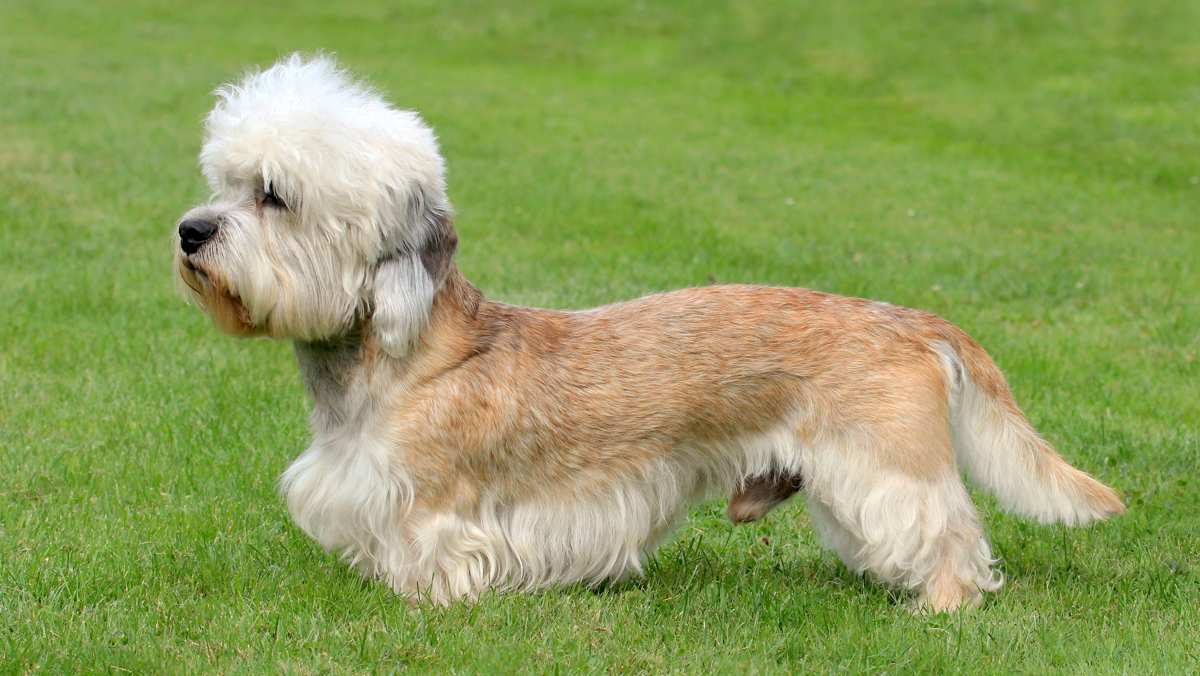Dandie Dinmont Terrier Breed Details
Although these dogs have been around for a few centuries, they were not known outside of their Scottish border regions until the early 19th century. Still, there are many well-documented Dandie Dinmont Terrier facts as these dogs were closely managed to maintain breed purity. They are specialized hunting dogs with long, strong bodies and short, thick legs. They were bred to hunt otters and badgers, which are far more fierce than you may think and required a dog that would go to ground, not be put off by water, and fight equally fiercely. Nevertheless, these dogs are friendly around people, they do just fine with young and noisy kids, and they are great companions.
Here is some more information about these remarkable dogs:

